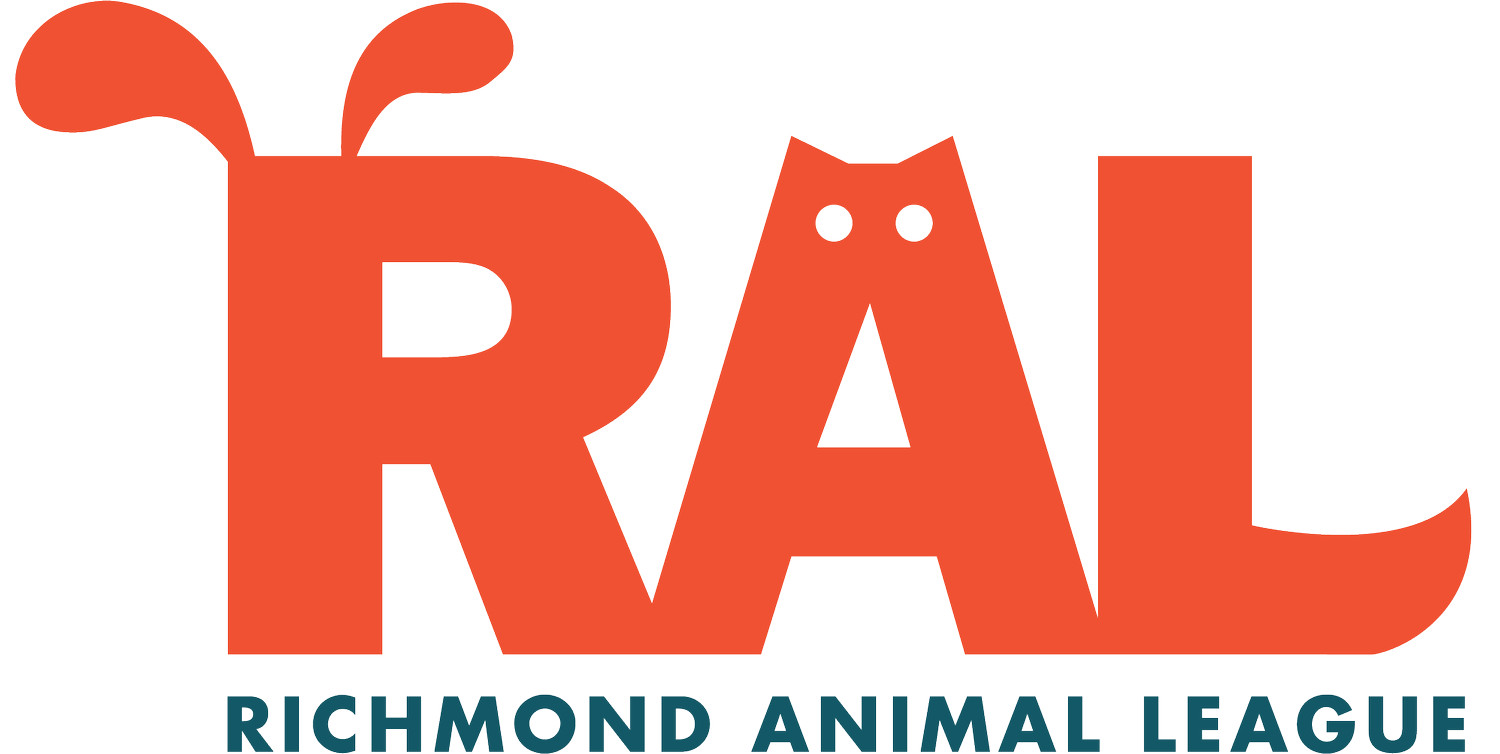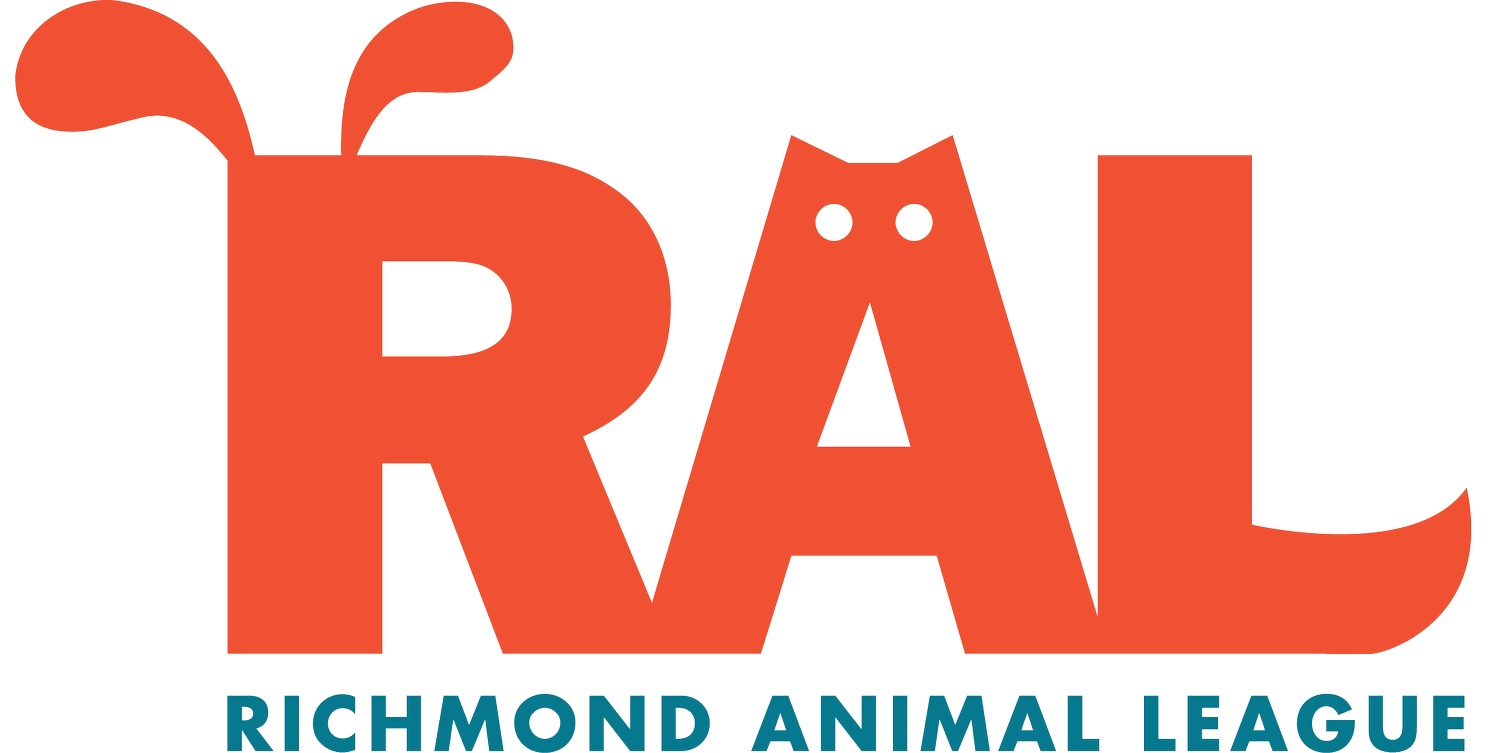All Dogs Need
Exercise
Every dog requires physical exercise to maintain their behavioral well-being. You should ensure your dog gets at least 30 minutes of aerobic exercise EACH day, divided into two sessions. Consider activities such as playing fetch with a toy, ball, frisbee, or any item your dog enjoys chasing. You can also engage in the recall game, where the dog runs between two people, or you can throw a ball or treat up the stairs multiple times (creating a "doggie Stairmaster"). Without this outlet, your dog may accumulate excess energy that could manifest as inappropriate behavior. A simple walk around the block is insufficient exercise for many dogs. (if you have an older dog or dog with medical issues that affect their ability to exercise, check with your vet to see what forms of exercise are appropriate).
Enrichment
Mental stimulation is essential for a dog's overall health and happiness. Daily enrichment activities should be part of your routine. Here are some ideas:
Use feeder puzzle devices for meals, requiring your dog to work for their food. You can purchase commercially available feeder devices or use items like an empty soda bottle or a wiffle ball.
Organize "Find It" games by hiding kibble around the house for your dog to search and discover.
Scatter kibble in your yard or inside your house for your dog to forage (Food Scatter).
Fill or coat the inside of hollow toys (such as Kongs or sterile bones) with a soft food substance like peanut butter, cheese whiz, cream cheese, liverwurst, yogurt, or canned pumpkin.
Positive Reinforcement Training
Positive reinforcement training enhances your dog's behavior and strengthens your bond with them. Keep training sessions under 5 minutes to prevent boredom or frustration. You can conduct multiple 5-minute sessions throughout the day, but be sure to do at least one. Maintain a positive and upbeat tone during training; it should be an enjoyable experience for you and your dog. If you sense frustration, conclude the session. Always end on a positive note by having your dog perform a known command and rewarding them for it. Involving every family member, including small children, in training is recommended.
No Punishment
Physically punishing your dog is never advisable. It can lead to defensiveness and fear. You should NEVER physically punish a dog displaying fear or aggression, as this will exacerbate the problem. Responding to aggression with aggression will backfire on you. Even strong verbal corrections can sometimes be harmful. Your dog may associate the punishment with the person or object they are already uncomfortable with, worsening the issue. A stern "NO" or a time-out are more effective forms of discipline.

